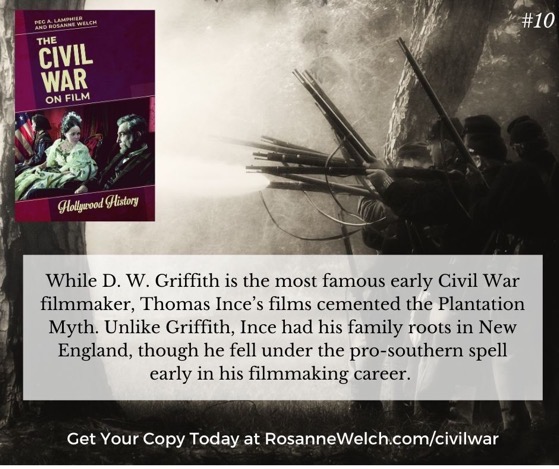“Where’s HER Movie” posts will highlight interesting and accomplished women from a variety of professional backgrounds who deserve to have movies written about them as much as all the male scientists, authors, performers, and geniuses have had written about them across the over 100 years of film. This is our attempt to help write these women back into mainstream history. — Rosanne
from Wikipedia…
Elizabeth Peratrovich (née Elizabeth Jean Wanamaker, Tlingit name: Kaaxgal.aat; July 4, 1911 – December 1, 1958)[1] was an American civil rights activist, Grand President of the Alaska Native Sisterhood,[2] and member of the Tlingit nation who worked for equality on behalf of Alaska Natives.[3] In the 1940s, her advocacy was credited as being instrumental in the passing of Alaska’s Anti-Discrimination Act of 1945, the first state or territorial anti-discrimination law enacted in the United States.
In 1988, the Alaska Legislature established February 16 as Elizabeth Peratrovich Day “for her courageous, unceasing efforts to eliminate discrimination and bring about equal rights in Alaska”.[2][4] In March 2019, her obituary was added to The New York Times as part of their “Overlooked No More” series,[5] and in 2020, the United States Mint released a $1 gold coin inscribed with Elizabeth’s likeness in honor of her historic achievements.[6] The Peratrovich family papers, including correspondence, personal papers, and news clippings related to the civil-rights work done by Elizabeth and her husband, are currently held at the Smithsonian National Museum of the American Indian.[7]

![04 Down With The Auteur Theory from There And Back Again: Writing and Developing for American TV [Video] (54 seconds)](https://rosannewelch.com/wp-content/uploads/2020/12/rmw-oxford-brookes-04.png)







![There And Back Again: Writing and Developing for American Television]: from Freelancing to Writers Rooms [Video] (52 minutes)](https://rosannewelch.com/wp-content/uploads/2020/12/oxford-brookes.png)
